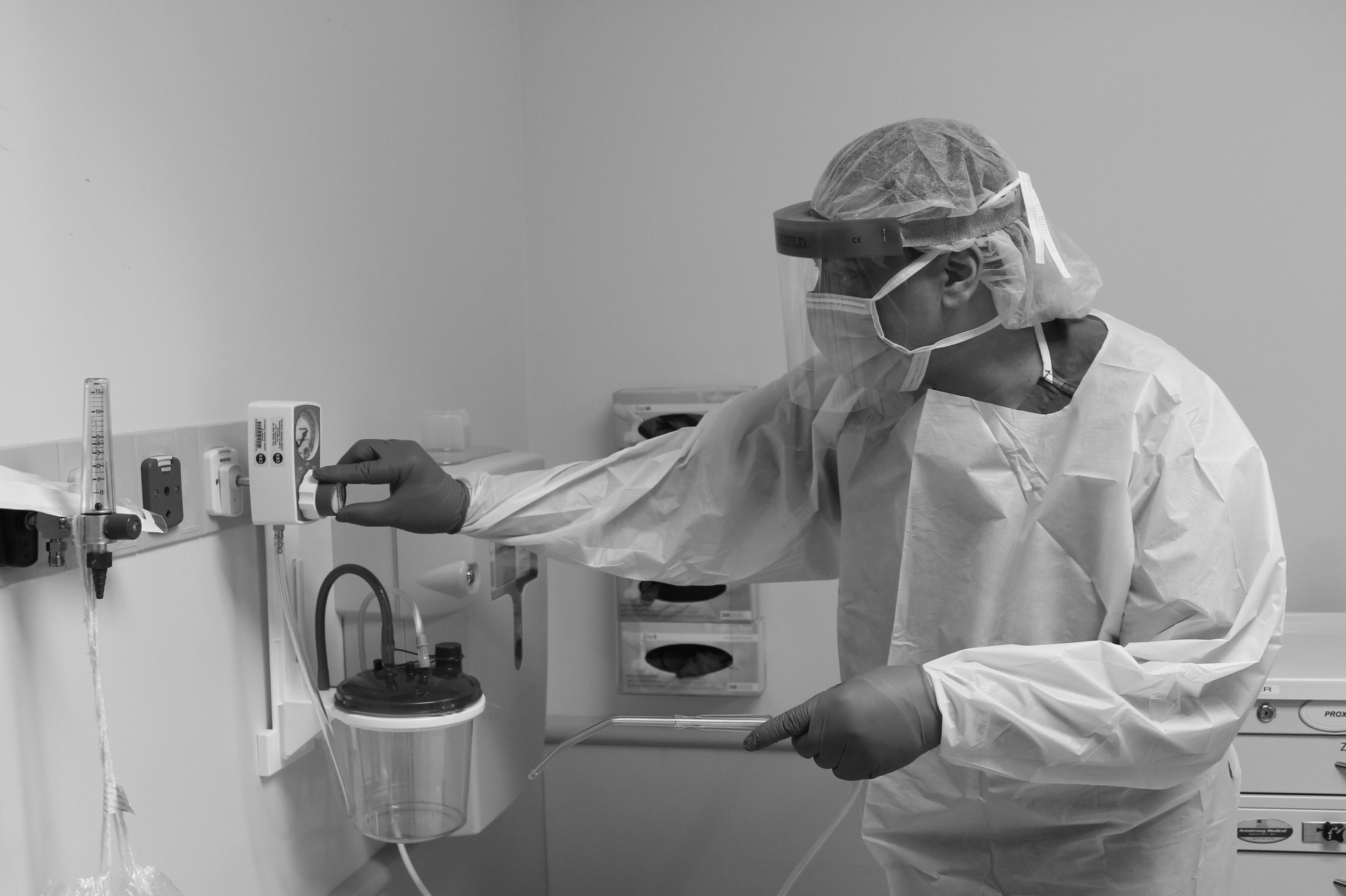Infection control: Knowledge of infection control practice

Human behavior flows from three main sources: desire, emotion and knowledge." - Plato
In our last blog, we discussed our findings regarding the access to material resources required for infection control practice at our primary study sites.
Our infection control curriculum was designed to assess and improve both cognitive and technical knowledge of infection control practice. In this month’s update, we share our findings on the baseline theoretical knowledge of infection control practice among our study participants. This was measured by administering a survey to assess knowledge of infection control practice prior to training sessions.
We assessed participants on different aspects of infection control practice including understanding of modes of infection transmission, transmission-based precautions, and selection of personal protective equipment (PPE).
Here are a few of our findings:
• 55% of respondents did not know the mode of infection transmission that would call for droplet precautions. We wondered whether this had to do with the use of the term ‘droplet’ which we found to be very confusing among our participants. The term 'droplet transmission' refers to infectious particles transmitted via large respiratory droplets that can be transmitted by sneezing, coughing, dripping or exhaling.
• 66% of participants considered hand hygiene to be the most critical component of infection control practice, while 28% viewed wearing PPEs as more important.
• Only 21% were aware infection control best practice requires that a provider should be wearing a face mask when they are within 6 feet of a patient with a droplet infectious clinical condition such as meningitis.
• 41% identified the correct sequence of donning personal protective equipment (PPE). Why does the sequence of donning PPEs matter? The sequence is designed to layer the PPEs in a way that provides maximum protection e.g. wearing gloves last ensures that it is pulled over the isolation gown sleeves, covering the wrists securely.
• 29% did not know the recommended practice of managing used needles. To avoid a needle stick, needles should not be recapped after use and should be discarded in an appropriate sharps receptacle.
Our decisions and actions in health care delivery are directly influenced by our knowledge of protocols and understanding of disease pathology and other factors relevant to the care of our patients. It is not difficult to see a direct relationship between insufficient knowledge of recommended infection control practice and poor adherence to recommended practice. How can one practice what one is not aware of?
Approximately 65% of our study participants had participated previously in one or more infection control training exercise prior to our sessions. However, we identified gaps in knowledge and practice even among those. This highlights the need for recurrent and sustained infection control practice training for our health workers, to minimize decay in knowledge and keep them updated on advancement in infection control measures.
Stay updated
Sign up for our newsletter to receive regular updates on resources, news, and insights like this. Don’t miss out on important information that can help you stay informed and engaged.
Related articles
.png)


Explore Elrha
Learn more about our mission, the organisations we support, and the resources we provide to drive research and innovation in humanitarian response.